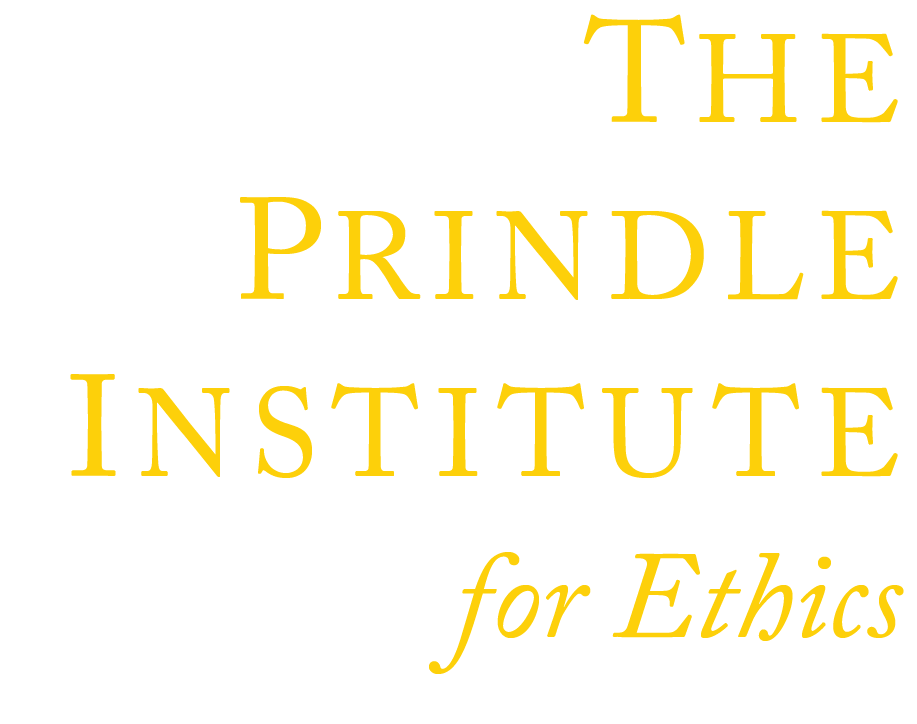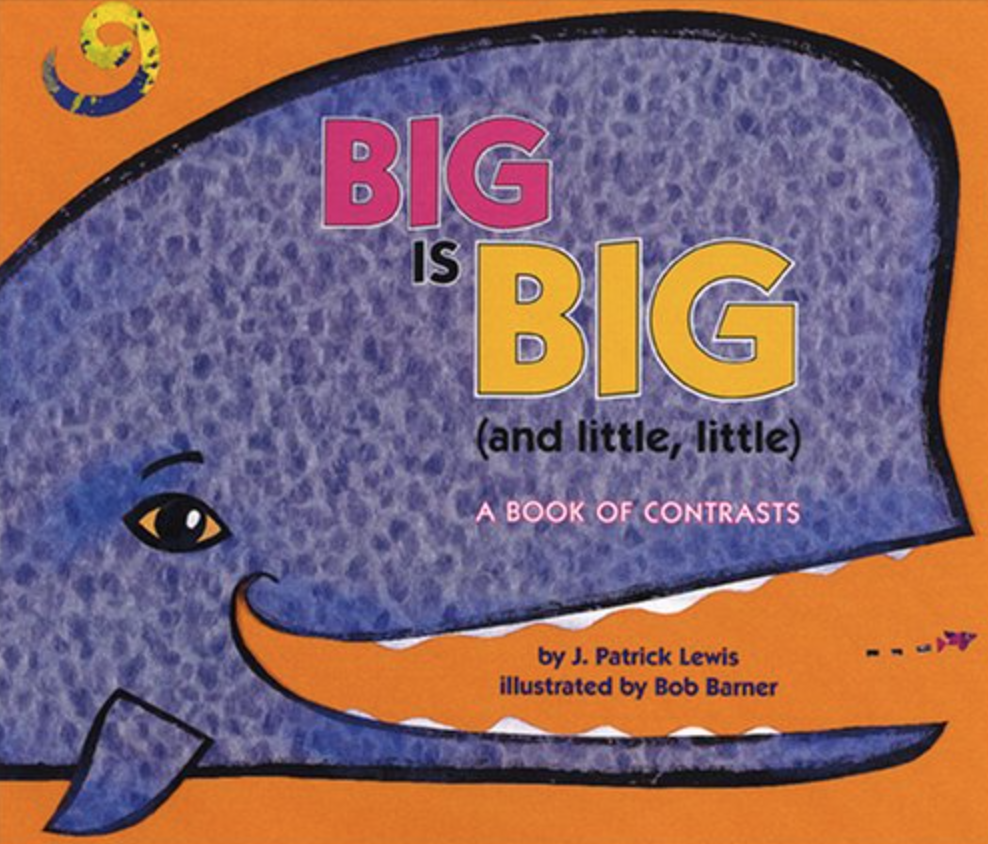Big is Big (And Little, Little)
Book Module Navigation
Summary
This story explores a wide range of opposite concepts, encouraging children to think about the nature of opposites.
From big and little to day and night, from sweet and mean to tall and short, Big is Big explores a wide range of opposite concepts, encouraging children to think about the nature of opposites.
Read aloud video by Deepa Kukreja
Guidelines for Philosophical Discussion
When we think of opposites such as “big” and “small”, we often think of them as relations. So a thing is only big when compared to something smaller. For example, if we compare the size of a cat to the size of an ant, we would say the cat is big, since it is many times bigger than the ant. However, if we compare the size of that same cat to the size of an adult man, the cat would immediately look very small, since it is much smaller than the man. Thus, when we say something is “big,” what we are actually saying is that it is “bigger” compared to some other “smaller” objects. If that is what we really mean, then why do we always say a thing is “big” instead of “bigger”? Does that mean that our language is inherently misleading?
One possible answer is that describing something simply as “big” instead of “bigger,” or “small” instead of “smaller” might make it easier for us to communicate with each other. If we use the adjective “bigger” instead of “big” to describe the size of an object, then every time we try to describe it, we have to specify what we are actually comparing that object to. However, there are so many “smaller” objects that we can choose from. Thus deciding which one to compare with becomes a very complex procedure, which makes our communication inefficient.
This discussion might also include superlatives, and if the class has learned about “big, bigger, biggest,” before, they might want to discuss how degrees of comparisons fit into understanding the nature of objects.
But not all philosophers think opposites are in nature relations. Plato, for example, thinks they are actually properties of objects, like color and shape. Plato claims that there are categories of Big and categories of Small. Things are small if they belong to the the category of Small, and big if they belong to the category of Big. Thus “opposites” is no longer a relative concept. It becomes a fixed property. Therefore, a cat is small not because it only appears so when compared to an adult man, but because it belongs to this fixed category of Small and so has this particular property of small. If this theory of Plato is right, it would then be reasonable for us to think that an ant is, and always will be, small, since “small” is now a property of that ant, like its color and shape, which almost never change.
However, most of us don’t agree with that. A cat is small when compared to people, but it would definitely be big when compared to an ant. If we think opposites like ‘big” and “small” are properties, then where does that property of “small” go when we compare the cat to an ant? Can we also compare two cats, saying one is bigger than the other? On the other hand, if we agree with the other philosophers mentioned earlier and think that opposites are in nature relations, we still need to answer the other question, namely, “Why do we always describe opposites as if they were properties?”
Moreover, the third important question the book raises is that why one would think “big” is the opposite of “small” and not the opposite of, say, “short”? One possible answer is that “big” and “small” are both within the same category of size. They are both used to measure and describe the relative size of an object. “Short”, however, belongs to a different category of length, so it is the opposite of “long” not “big.”
But the question here is, why do these categories even exist? Who made them in the first place? One may think that those categories are necessary, because we need them to simplify information we receive from the world and then organize all the information in a way so that our minds are able to process the large amount of information we receive at every moment. Thus, the categories are there to help us better understand our environment. They are the tools, which we use to perceive and make sense of the world. But there might be no such categories at all in the real and objective world. It’s very possible that those categories are just made by us and only exist within our own minds to help us process the diverse information we receive about the real world. Thus it’s possible that the world we see and feel is just the result of the interaction of different categories in our minds. It’s not how the real world looks.
Furthermore, since every object in this book is introduced, defined, and explained through its relationship with others, the third philosophical theme that the book touches on is self-knowledge in the realm of epistemology. While discussing the possibility and the nature of self-knowledge, many philosophers have claimed that humans need the external world in order to be able to define and understand themselves, just as the items in the story are all defined through their opposite relationships with other items. According to these philosophers, the external world is necessary because it’s like a mirror. One can only know their own characteristics, qualities, emotions, and so on from observing, communicating and interacting with others. However, other philosophers disagree and argue that one can gain self-knowledge merely through self-analyzing and introspection. They think the nature of self-knowledge is importantly different from the nature of knowledge of the world external to oneself, including others’ thoughts. Since these are two different kinds of knowledge, some philosophers think people can’t gain self-knowledge in the same way of gaining knowledge of the external world. Although no agreement has been reached so far, the question of the nature of self-knowledge is an important philosophical topic raised by this story.
Questions for Philosophical Discussion
The Notion of Opposites
- What things do you think are really big, and what things do you think are really small?
- Why do you think these things are big/small?
- When you say something is big, do you think it is big by itself, or do you think it is big only when compared to other objects?
- Do you think small things are always small and big things are always big?
- If you think not, how does that change happen?
Belief and Perspectives
- In the book, the adult giraffe thinks the tree is short, but the baby giraffe thinks it’s tall. Is the tree tall or short? Why do you think so?
- Have you had a similar experience, where your description of something was very different or even the opposite of other people’s descriptions?
- What do you think causes that difference?
- Which answer do you think is the right answer?
- Is there a correct way of describing everything?
- Could two opposite beliefs about the same thing both be correct at the same time? Why?
Self-knowledge
- Do you think a person can know who they are if they are completely isolated from the rest of the world?
- How would you describe yourself to others?
- Why would you describe those features instead of others?
- Do you think you have to live in a community in order to have that self-description you just said?
- Is your self-description different from your friends’ description of you?
- If yes, why do you think there is a difference?
Original questions and guidelines for philosophical discussion archived here. Edited June 2020 by The Janet Prindle Institute for Ethics.
Find tips for leading a philosophical discussion on our Resources page.






